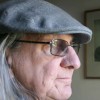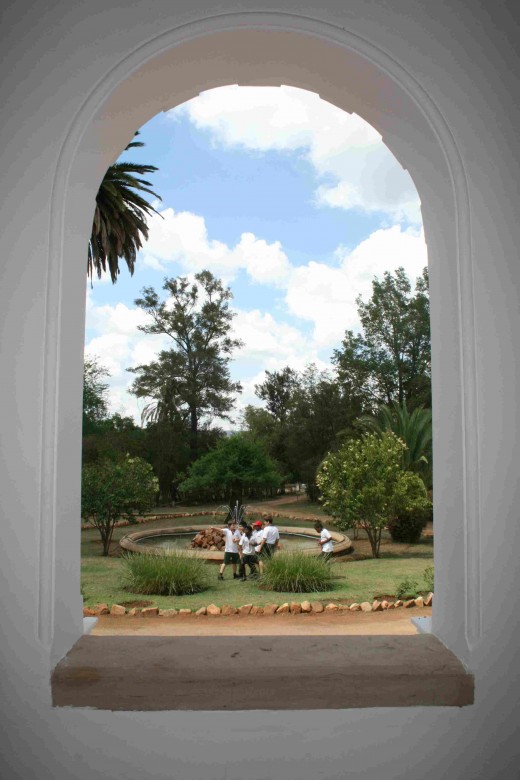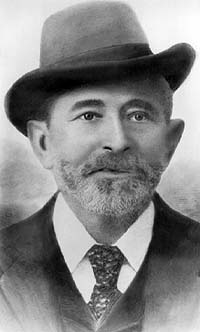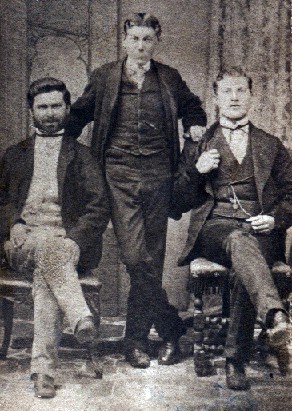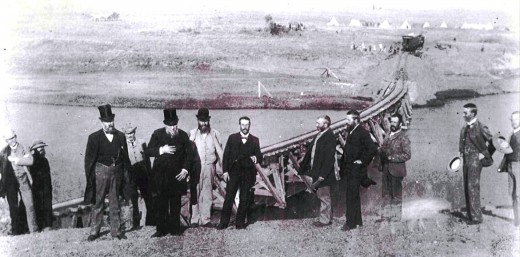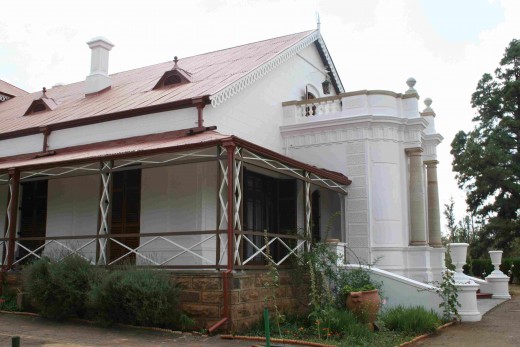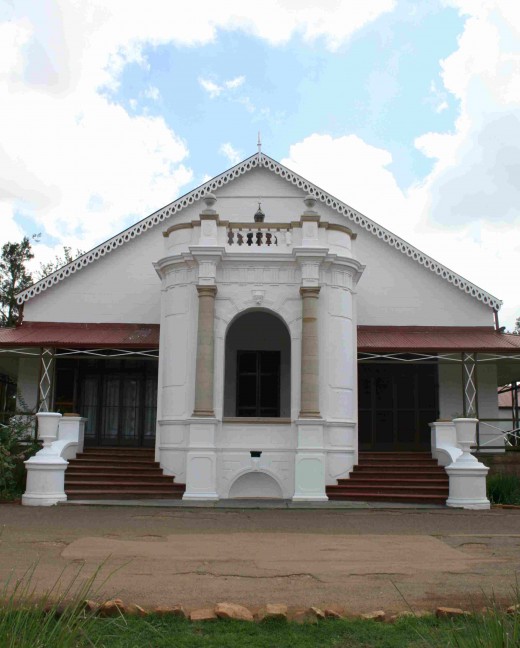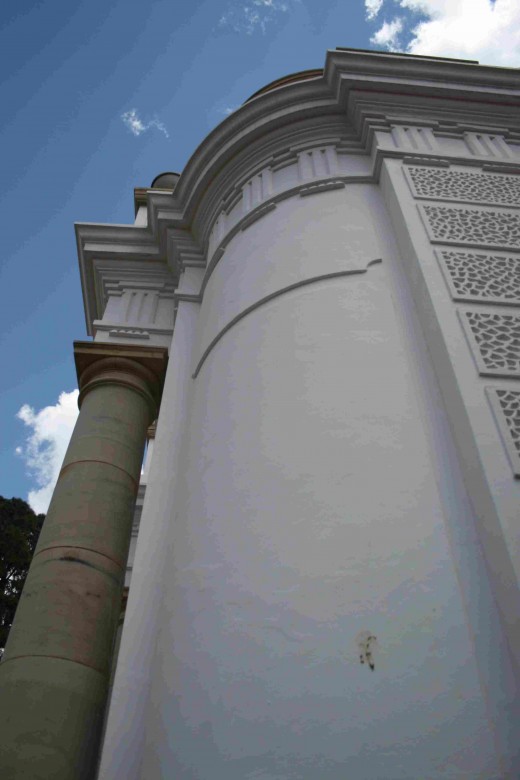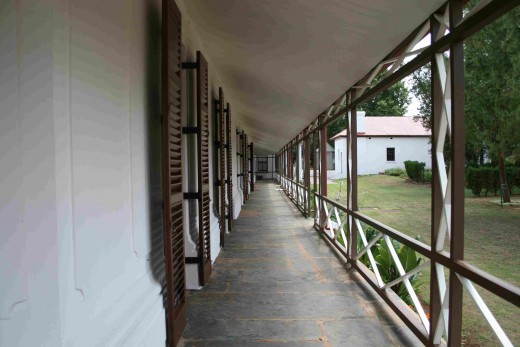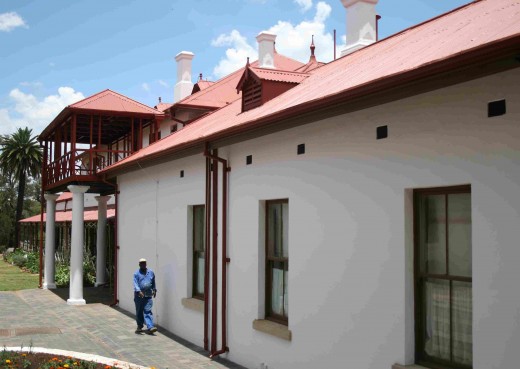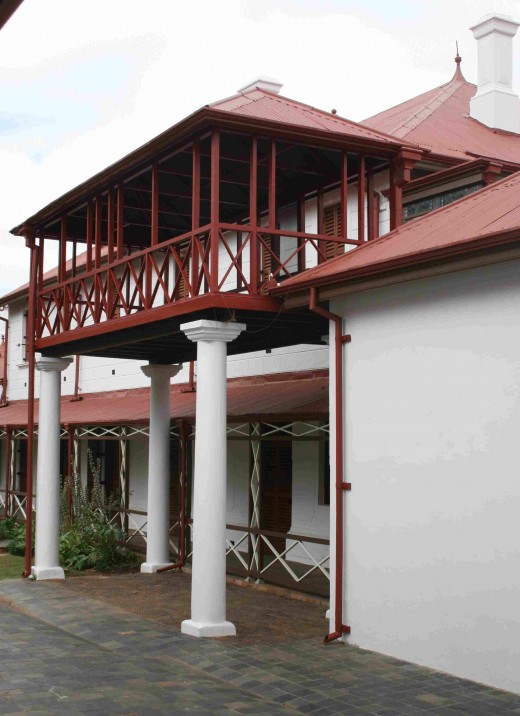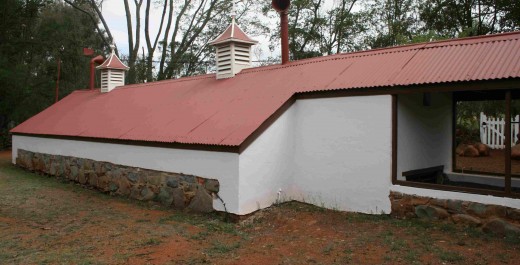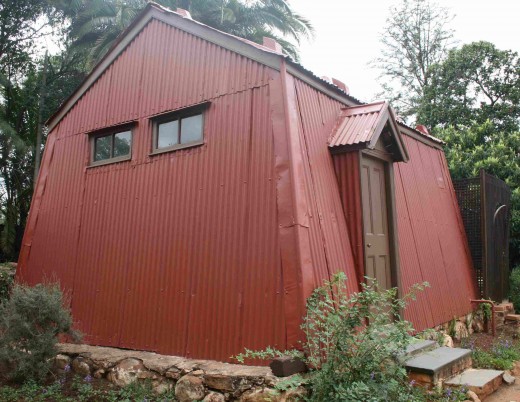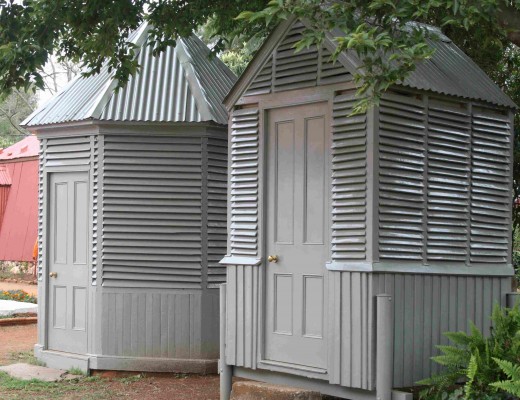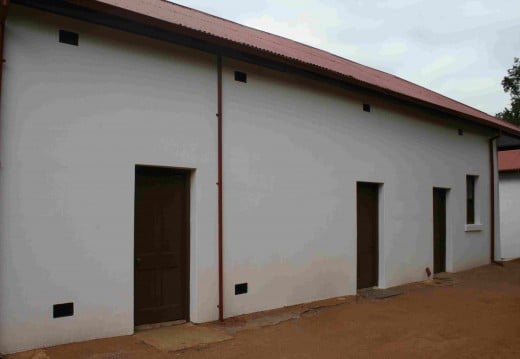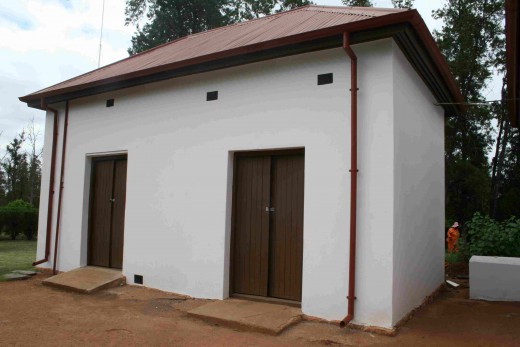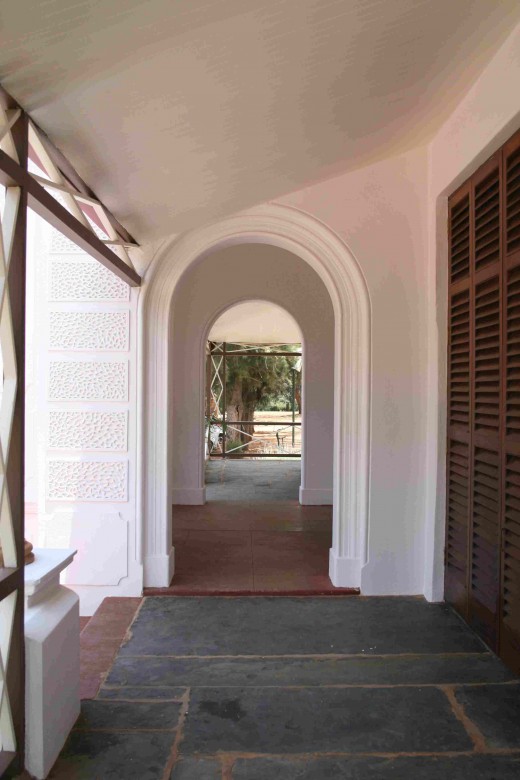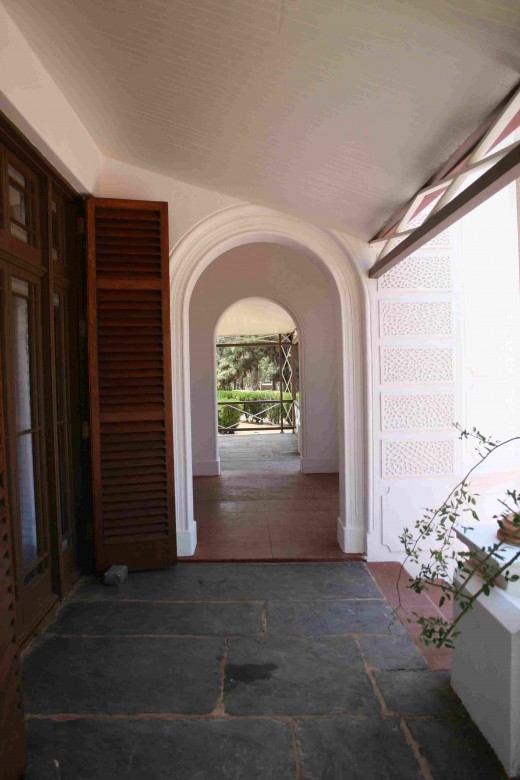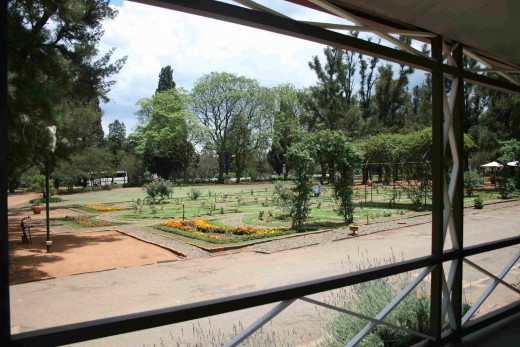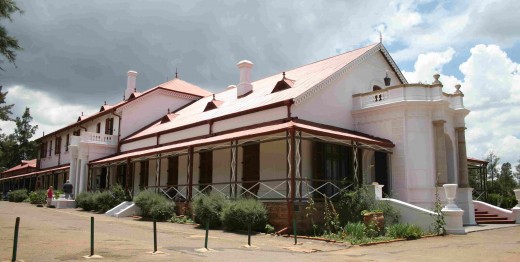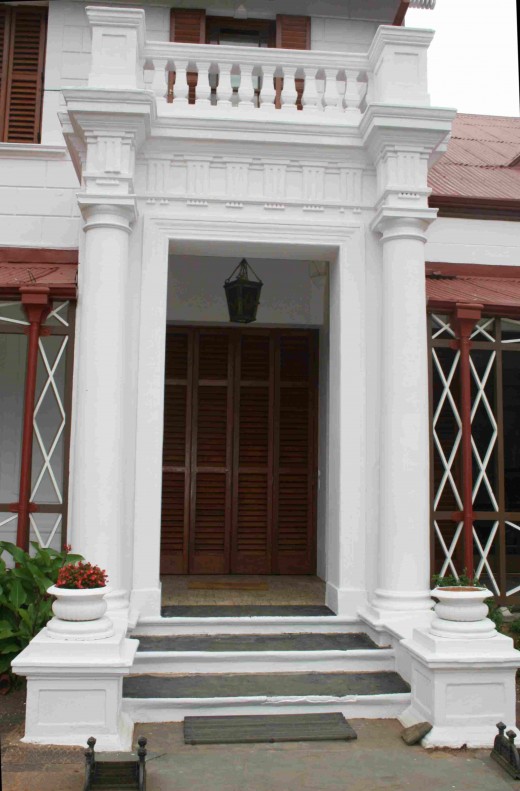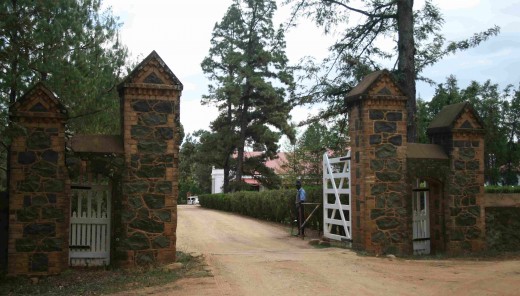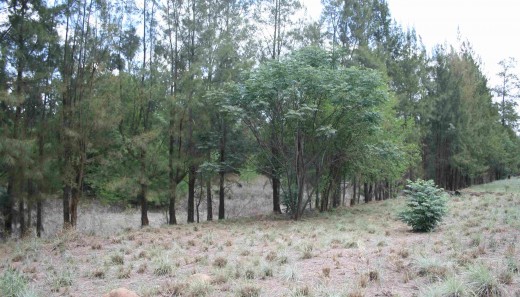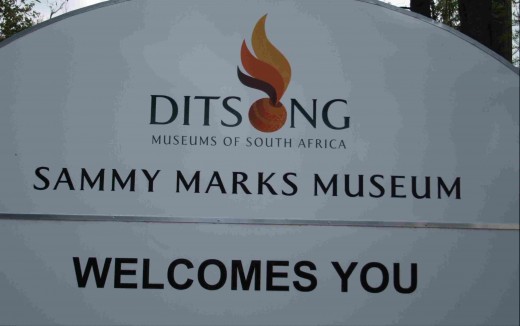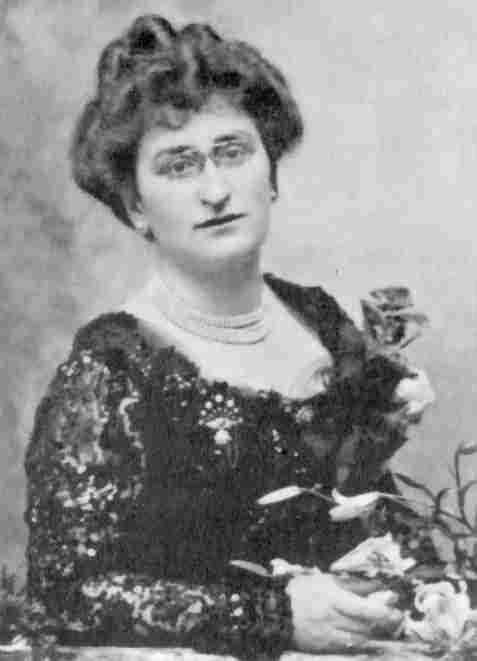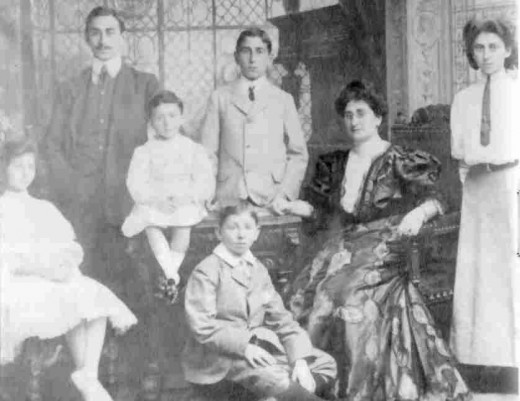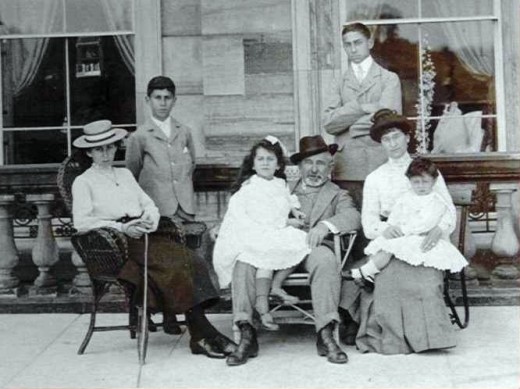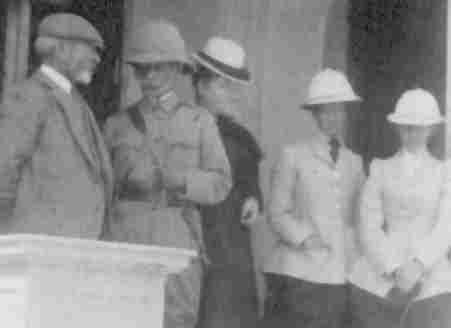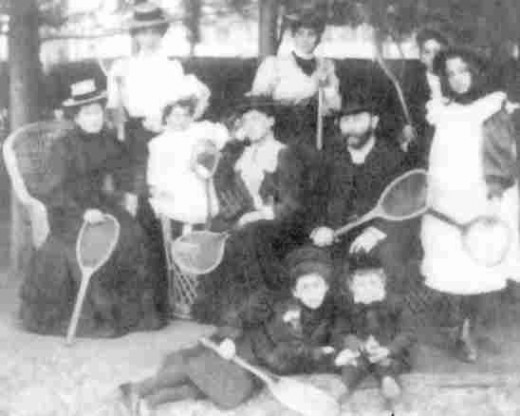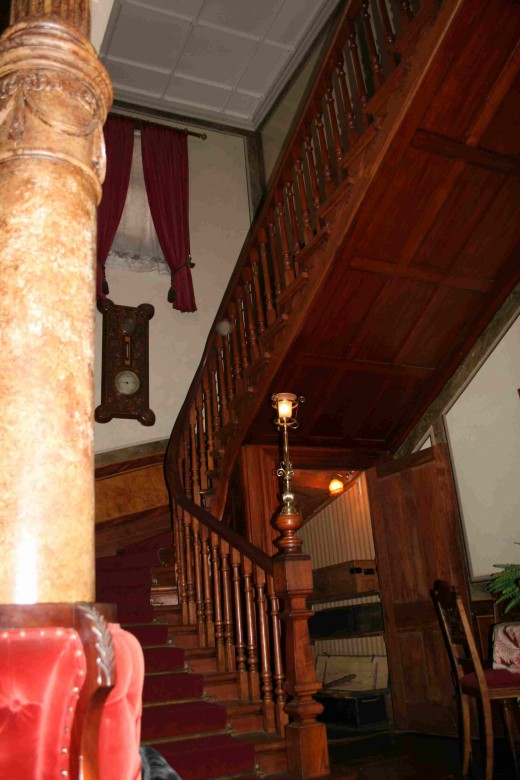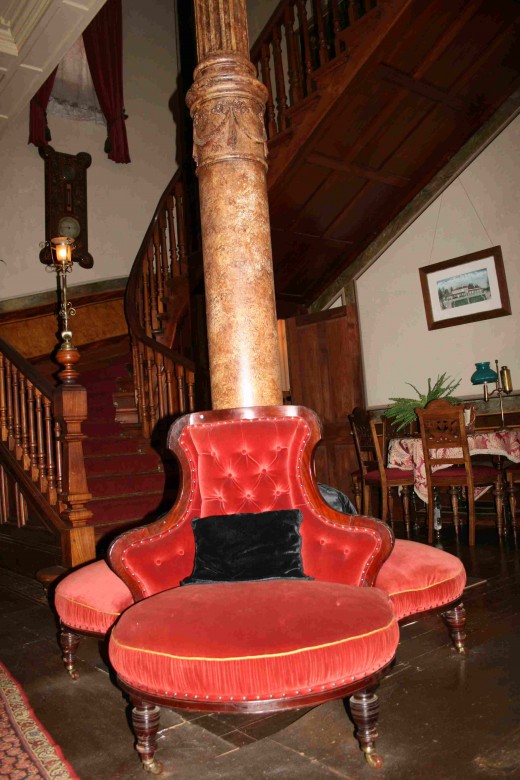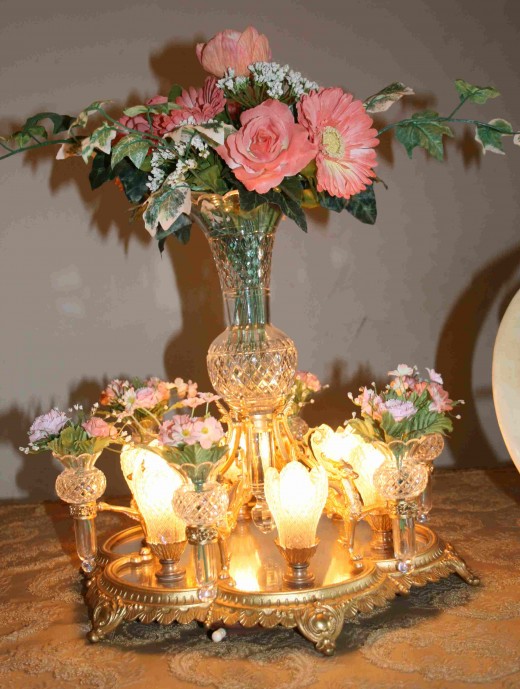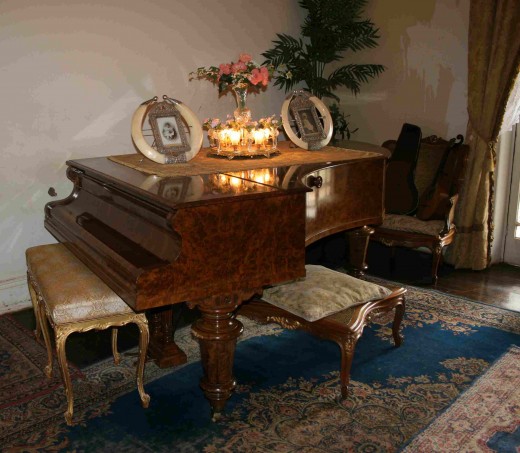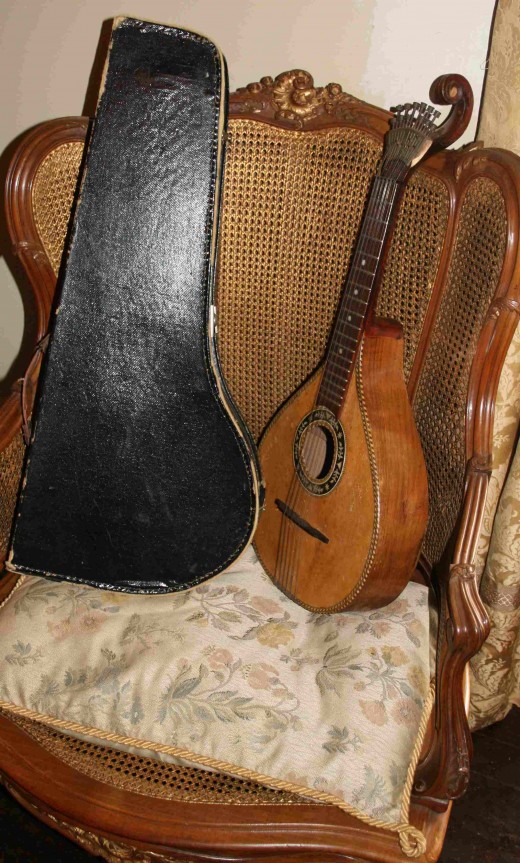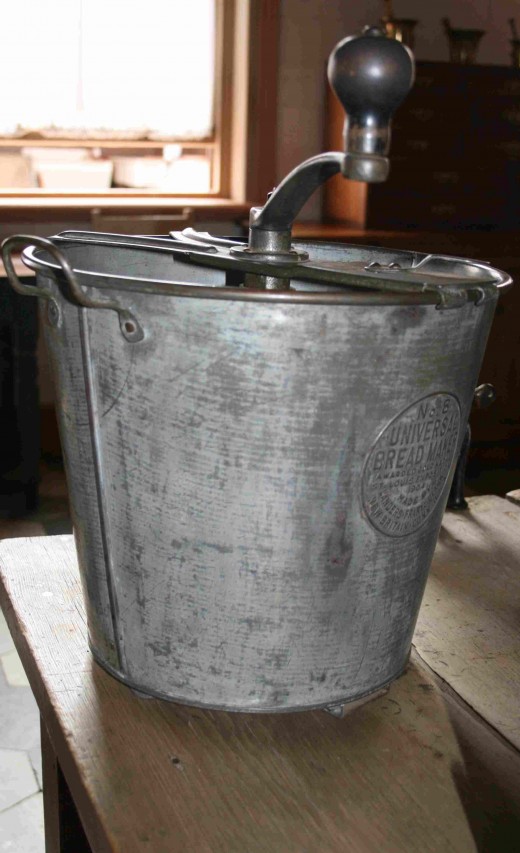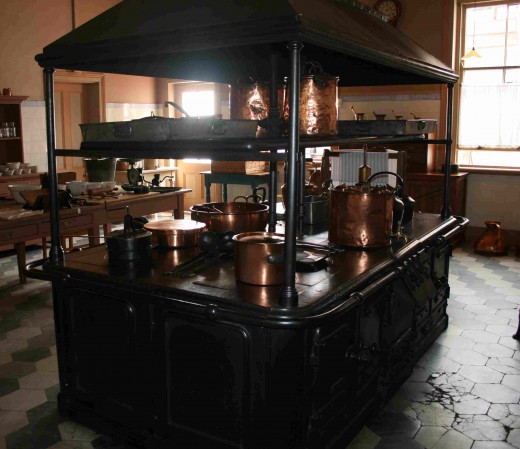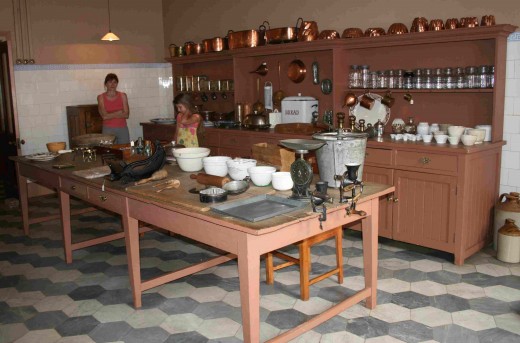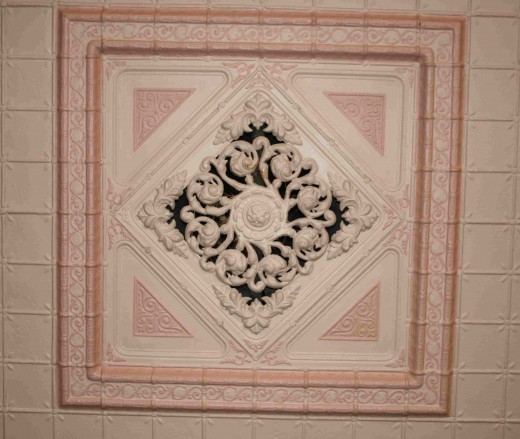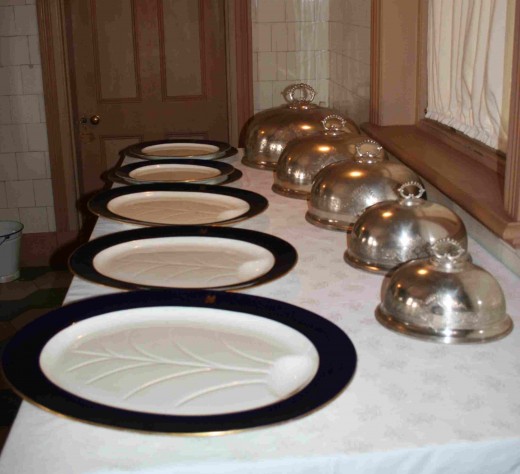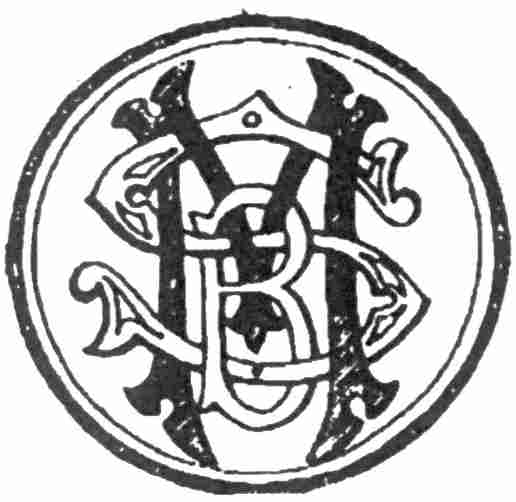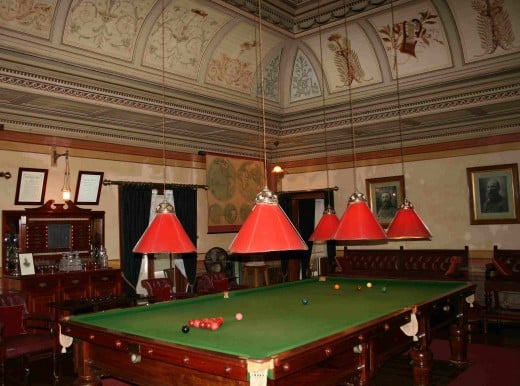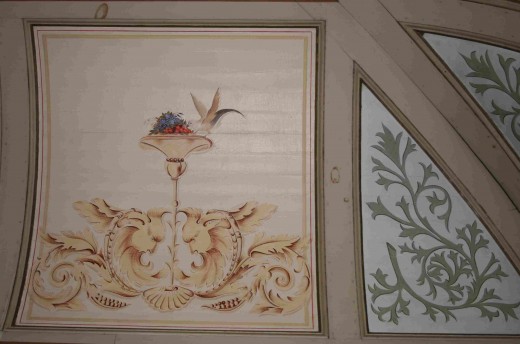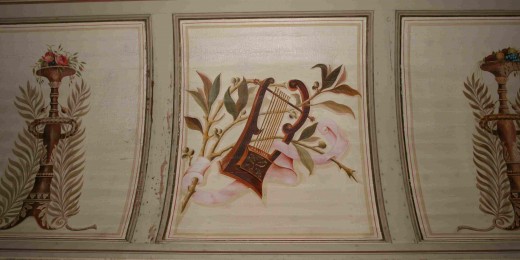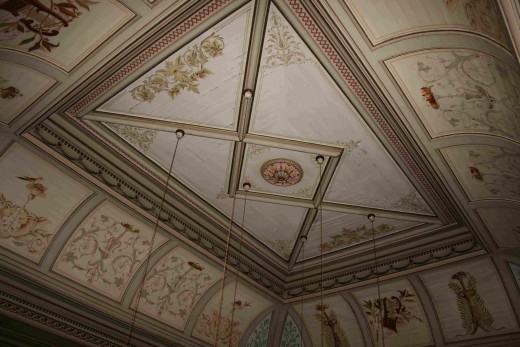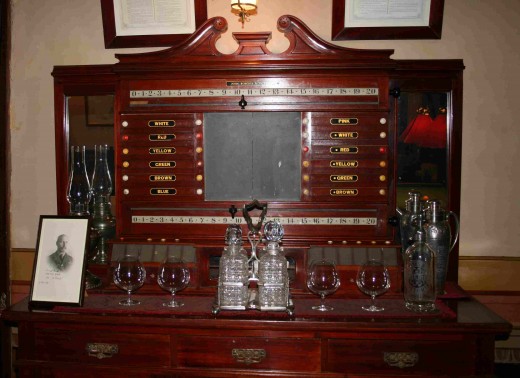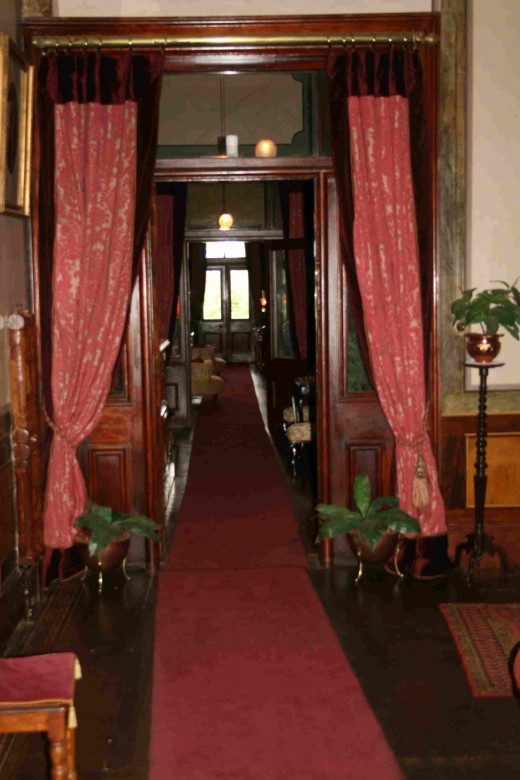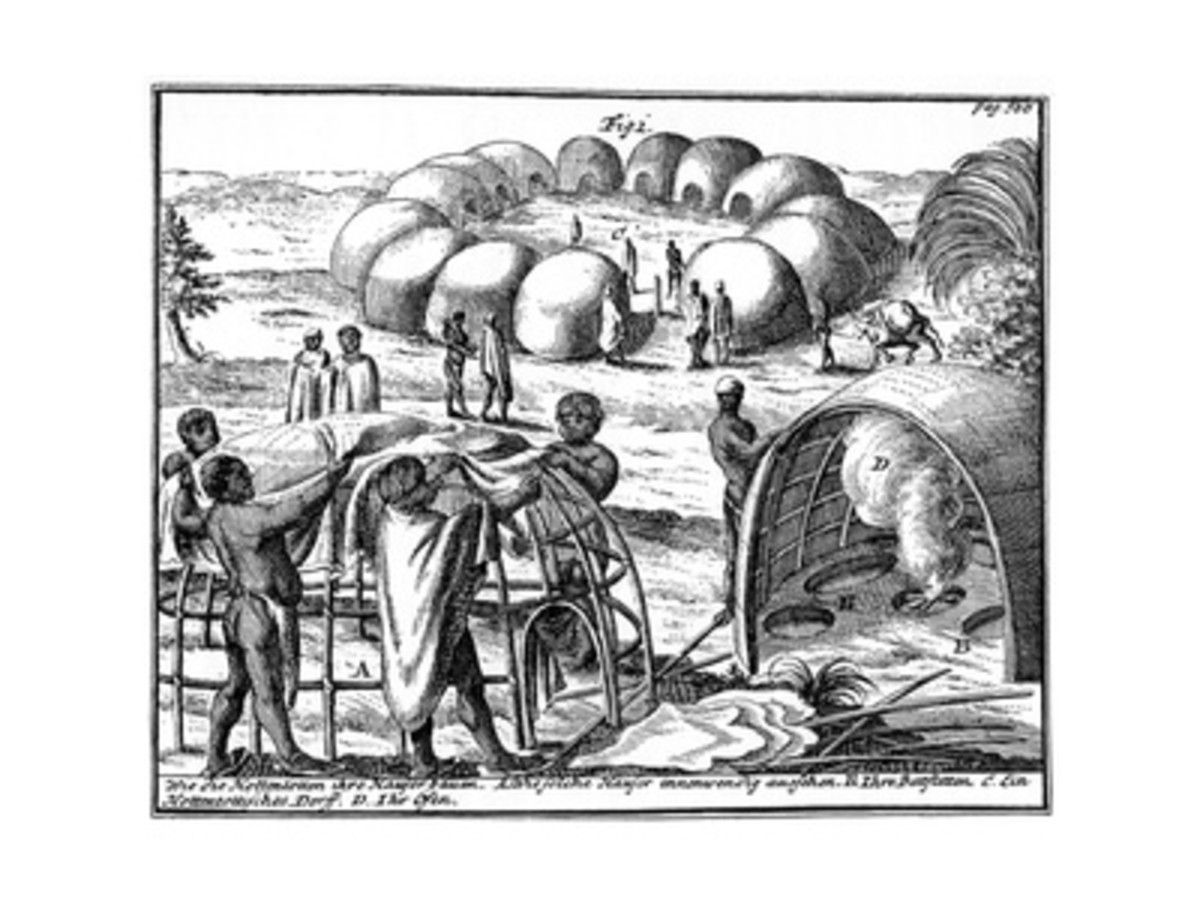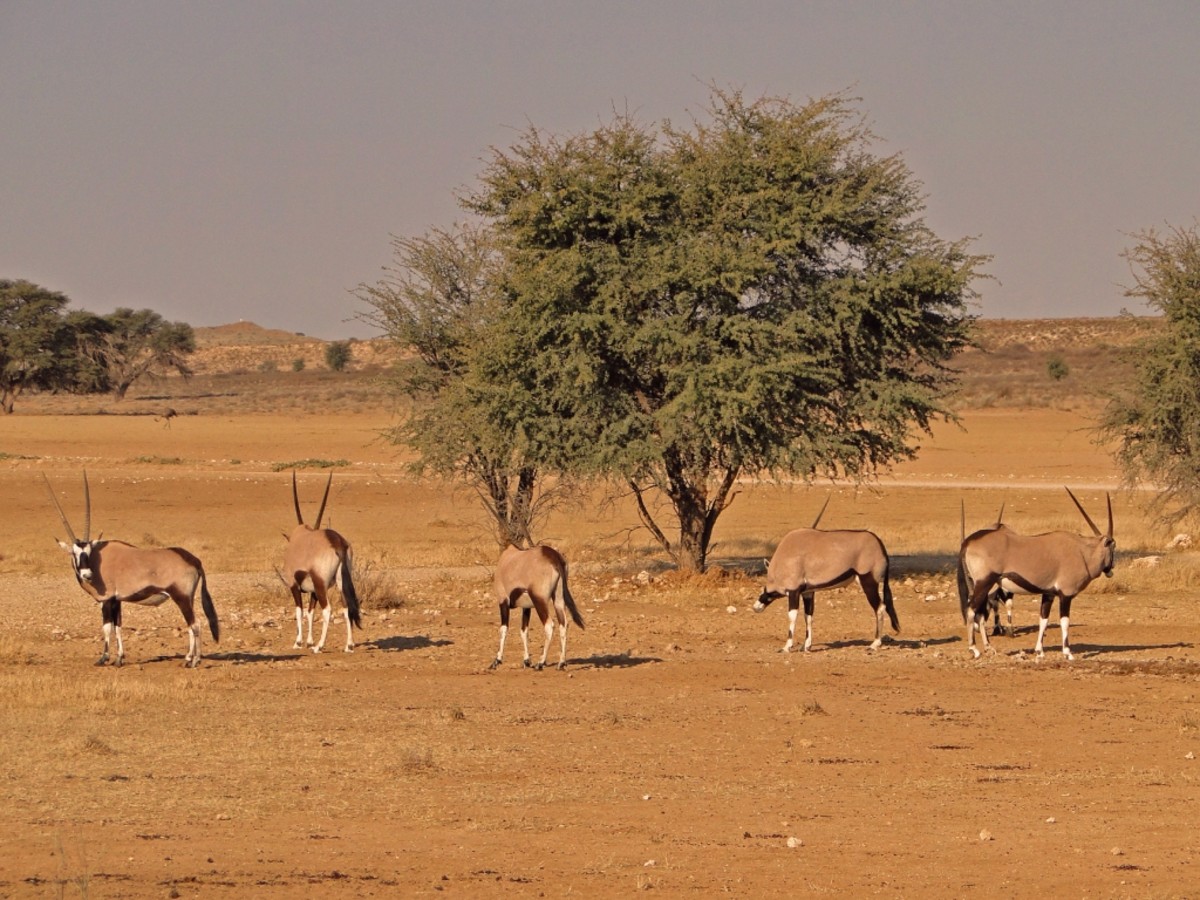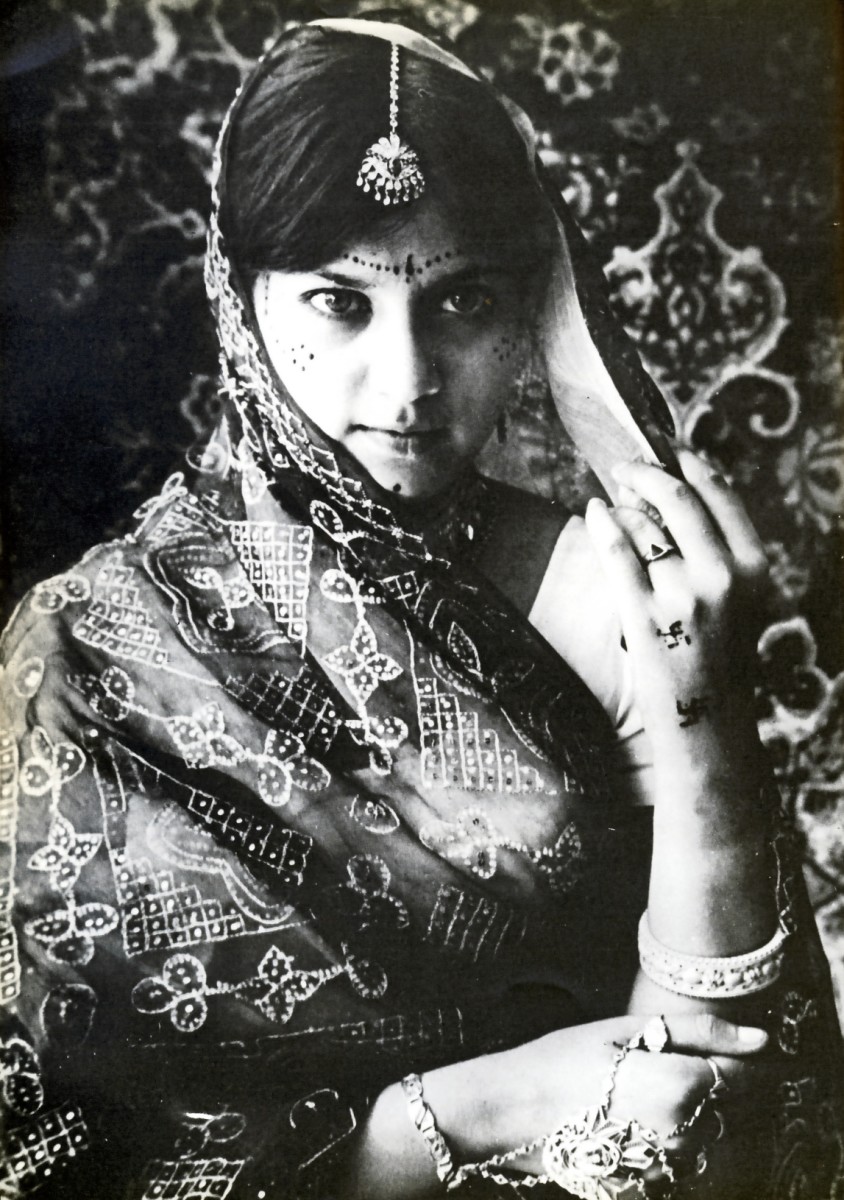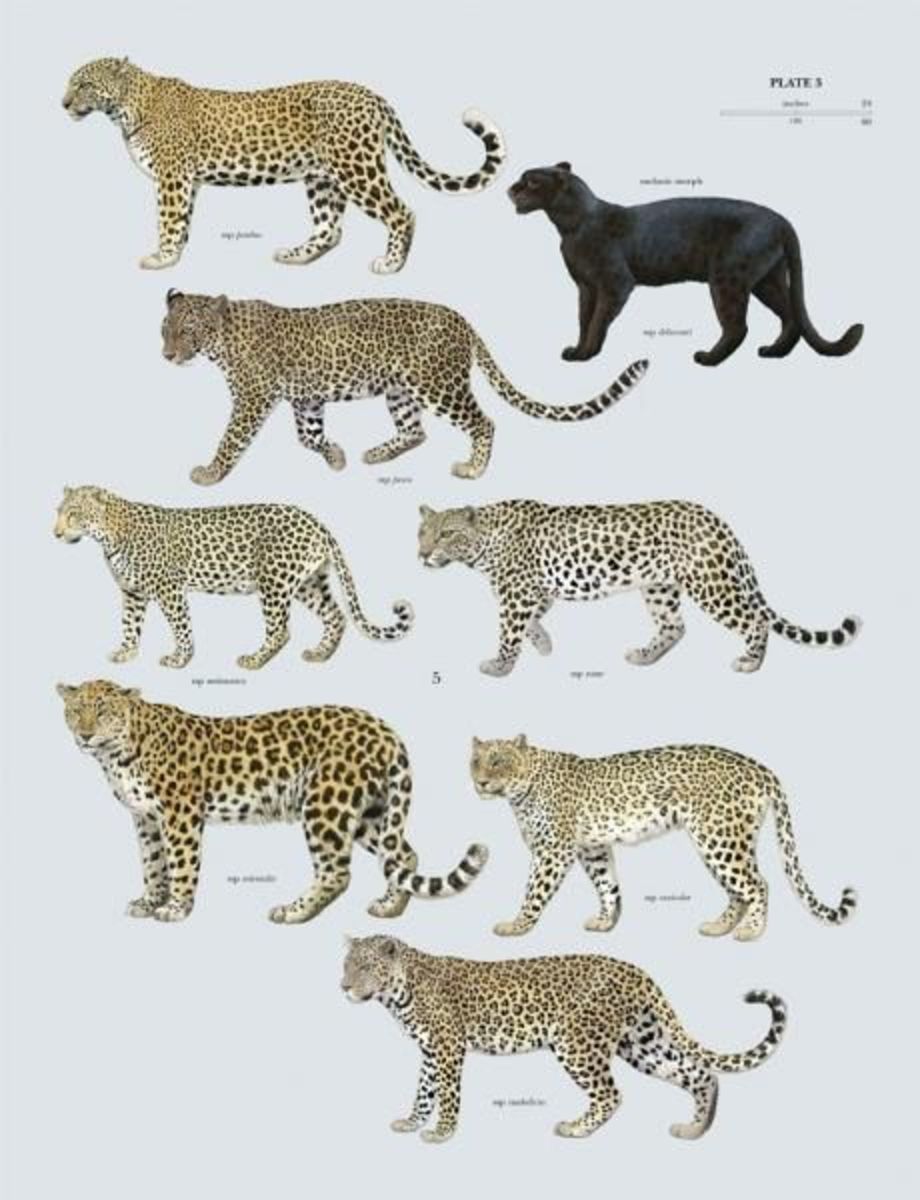- HubPages»
- Travel and Places»
- Visiting Africa»
- Travel to Southern Africa
Sammy Marks – from shtetl to “King of the Transvaal”
The silver knives
In 1869 a young man landed in Cape Town, with a set of silver Sheffield knives in his baggage and little else to his name. By the time of his death in February 1920 he was a fabulously wealthy man called by some the “Uncrowned King of the Transvaal.”
The son of an itinerant tailor, Samuel (Sammy) Marks was born in July 1844 in Neustadt-Sugind (Žemaičių Naumiestis), in Lithuania, and was, by the time of his death in February 1920, the confidant of presidents and generals, lords and royalty.
Marks's legacy is epitomised in the large Victorian house that he built in the 1880s when he brought his young bride Bertha to live with him in the pioneering state, the Zuid Afrikaansche Republiek (ZAR). His story, like his house, is a fascinating one.




From the shtetl to Africa
Sammy (as he was known to most) Marks was born into an impoverished, very Orthodox Jewish family in the shtetl on the border between Russia and Prussia, in the area known as the Pale, to which the Tsar had confined all Jews in Russia.
He was taught in cheder to read the Bible and to say the traditional prayers. It is highly unlikely that his education went beyond this and what he would have learned from being around his elders in the little town.
When he was about 17 years old he was offered the opportunity to take a shipload of horses to Sheffield in England. Clearly a restless young man with an intelligence that chafed at the narrow confines of the Pale, he jumped at the chance and so found himself in the city that was a centre of silver working, and met his future in-laws, the Guttmanns. He stayed in Sheffield
While in Sheffield Marks was given the set of silver knives which he took with him when he went to South Africa in 1869. They were the “seed capital” of his fortune.
When he arrived in Cape Town he sold the silver knives in order to buy trade goods and a wagon and with these he left for the newly-opened diamond fields in the northern Cape, where Kimberley would soon rise.
So successful was his trading en route to the diamond fields that he soon had no stock left and had to turn back to Cape Town to replenish his stocks, without reaching Kimberley. He had joined the ranks of the travelling pedlars who plied their trade in the rural hinterland, a group known as “smouse” immortalised in Antony Sher's 1988 novel Middlepost (Chatto and Windus).
Meanwhile Marks was joined by his cousin, also from Neustadt, Isaac Lewis, and the two formed a lifelong partnership, forming the company Lewis and Marks which was initially a little trading store in Kimberley, and grew to be an industrial giant of South Africa's highveld.
In 1881 Marks decided to move on and went to Pretoria, which he found to be conducive and where he soon was accepted into powerful circles. He became acquainted with, and quickly friends with, President Paul Kruger of the ZAR. Having such friends in high places served him well and very soon he was making serious money, especially in the brewing of liquor and a fruit and jam canning factory.
In 1892 Marks and Lewis founded the Zuid-Afrikaansche en Oranje Vrijstaatsche Mineralen en Mijnbouwvereeniging in order to exploit the newly-discovered coal deposits in the southern Transvaal and the Northern Free State. This company gave the town of Vereeniging its name. Vereeniging would a few years later be the sight of the negotiations which ended the Boer War, in which negotiations Marks played a significant, though unofficial, role.



















Marriage and the building of Zwartkoppies Hall
When he reached the age of 40, and with considerable wealth to his account, Marks decided it was time to marry and settled on Bertha Guttmann of Sheffield. He returned to Sheffield to visit the Guttmanns and to propose to Bertha.
In the meantime, Marks had bought the farm Zwartkoppies to the east of Pretoria and there he began the construction of his home. He allegedly drew the initial plans for the house on a piece of wood and got a local builder to construct the house according to his rough sketch plan.
It was a verandah house, single storied and relatively modest. Into this house he and Bertha moved in the late 1880s. Bertha was as energetic and entrepreneurial as Sammy and was soon running a tight ship in the house as well as setting up a poultry business (to Sammy's slight displeasure!).
The furnishings of the house were all imported from Britain and the Continent.
Soon the house became too small for Sammy and Bertha and a large-scale revamping was set in motion. It would seem that Dutch architects De Zwaan and Van Dyk were involved in the planning of the improvements.
The house was enlarged with a double story addition added to the north of the original single storey and a portico added to the south frontage of the single story part of the house. The house as it looks today is, in the words of Désirée Picton-Seymour (Historical Buildings in South Africa, Struikhof, 1989), “... not particularly imposing, but vaguely classical...” It shows the effects of piecemeal building rather than an integrated design.
Inside the house is magnificent where it has been restored from some rather unfortunate “modernisations” that occurred after the death of Sammy Marks. The kitchen is huge, and north facing, so boiling hot in summer, but pleasantly warm in winter. The living rooms, being at the southern end of the house, are freezing in winter and cool in summer.
The central hallway is dominated by an imposing staircase which separates the single-storey from the double storey parts of the house.
In the northern end of the top storey is the very imposing billiard room with its coved ceiling decorate by beautiful stencilling. Marks had an Italian artist/craftsman do much of the decorative paintwork in the house.
In Marks's time the house was known as Zwartkoppies Hall, but since 1984, when it was taken over by the then National Cultural History Museum, now the Ditsong Museums of South Africa, it has been known as the Sammy Marks Museum.





Life at Zwartkoppies Hall
Zwartkoppies Hall, after the alterations and additions of the 1890s, had 45 rooms, including a large kitchen with an imported range, and servants' quarters. All the furnishings were imported from Britain.
Running such a huge house was obviously a lot of work and the Marks's brought in a large number of servants from Britain to keep the house up to standard and to cater for the needs of the frequent guests.
At one time there were 19 such servants, including a butler. The first butler was a Mr J. McCracken who was succeeded by a Mr Wilder. There was also a carpenter and handyman, Mr James Potts of whom the Marks children were very fond. The large farm was managed by a Mr Daantjie Hauman.
A nurse was employed to look after the smaller children, while the older children had a governess until they were ready for school in England.
The Marks's had eight children of whom only six survived. The oldest, Louis, came back from his studies in England a bit of a "toff" and was called by the staff "Young Lord Louis", and he even took to signing his letters "YLL". Joseph studied agriculture and ran the farm after the death of his father, in addition to running his own nearby farm.
Gertrude, the oldest daughter, was very talented musically and went to England to study music further. Here she fell in love with a gentile man and wrote to her father that she intended converting to Christianity and to marry this man. Marks immediately ordered her to return home. She never married.
The Marks's only had four grandchildren, all girls, and so Marks's name died out in South Africa.
Marks was a very generous man who did much for the Jewish community in South Africa, especially in Pretoria. He also donated a statue of President Kruger which now stands in Church Square.
The Old Synagogue in Pretoria was built largely with funds donated by Marks.
Sammy Marks was extremely well-connected and entertained lavishly and frequesntly. Among the guests at Zwartkoppies Hall were President Kruger, and the Boer generals Louis Botha, Jan Smuts and Koos del la Rey.
Lord Roberts, Commander-in-Chief of the British forces during the first part of the Boer War, and his Lady, were also frequent guests, as was the wife of the British Military Governor of Pretoria during the occupation, Major General John Maxwell, who often spent the weekend at the house.
More photos: The full set of photos I took at this remarkable house is available here.
The interior of Zwartkoppies Hall
Click thumbnail to view full-size
















Copyright notice
The text and all images on this page, unless otherwise indicated, are by Tony McGregor who hereby asserts his copyright on the material. Should you wish to use any of the text or images feel free to do so with proper attribution and, if possible, a link back to this page. Thank you.
© Tony McGregor 2010
